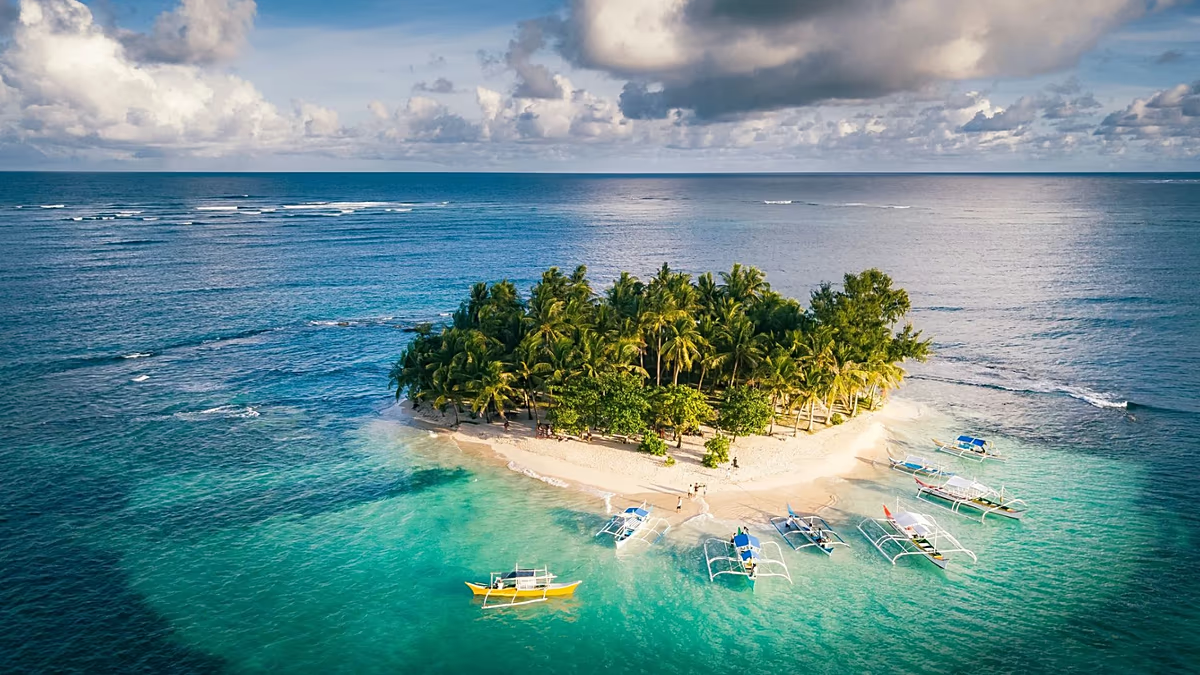The Philippines’ Tourism Evolution: Shifting From Paradise to Purposeful Connection
In an era where travelers increasingly seek meaningful experiences over mere relaxation, the Philippines is undergoing a profound transformation in its tourism approach. Famous for its 7,641 islands with their pristine white sands, crystal-clear turquoise waters, and breathtaking sunsets, the country is now inviting visitors to look beyond these postcard-perfect scenes and discover the authentic heart of the Filipino experience. This shift reflects a global trend toward more conscious travel, where connection with local communities and environmental stewardship take center stage alongside natural beauty.
The new Filipino tourism narrative centers on creating genuine connections between visitors and the island nation’s diverse Indigenous communities. As Marga Nograles, COO of the country’s Tourism Promotions Board, explained during the World Travel Market in London, “Now what we are doing is as we invite the world to come, explore our beaches, we also invite them to experience more of the destination as they immerse further into meeting the Indigenous communities, into those beaches, the keepers of the land.” This approach represents a significant evolution from traditional tourism models that often kept visitors in carefully constructed bubbles, separate from the authentic cultural fabric of the country. Instead, travelers are now encouraged to participate in community life – dining with local families, learning traditional dances, wearing cultural garments, and engaging in ceremonies that have sustained these communities for generations.
The emphasis on immersive cultural experiences is complemented by a strong focus on environmental sustainability. Tourism initiatives increasingly include opportunities for visitors to participate in conservation efforts, from turtle releases that protect endangered marine species to community-led beach clean-ups that maintain the pristine condition of the country’s famous coastlines. These activities serve multiple purposes: they help preserve the natural beauty that attracts tourists in the first place, they educate visitors about local ecosystems, and they create meaningful connections between travelers and local environmental stewards. This approach transforms tourists from passive consumers of beauty to active participants in preserving it, creating a more sustainable tourism model that benefits both the environment and local communities.
The Philippines’ culinary scene represents another dimension of this evolving tourism strategy. Recently recognized by the prestigious Michelin Guide, Filipino cuisine is finally receiving the international attention it deserves. The country’s food traditions reflect its complex history and diverse cultural influences, from Spanish colonial heritage to Chinese, American, and Indigenous traditions that have blended into something uniquely Filipino. Food tourism offers visitors an accessible entry point into understanding the country’s cultural tapestry, while also supporting local food producers, traditional cooking methods, and culinary innovation. Beyond its beaches, the Philippines is positioning itself as a destination where travelers can experience a rich sensory journey through markets, cooking classes, farm visits, and restaurants that showcase the country’s gastronomic diversity.
What truly distinguishes the Philippines from other tropical destinations is the warmth and creativity of its people. Nograles highlighted this as one of the country’s greatest assets – the genuine hospitality that makes visitors feel welcome and the creative spirit that infuses everything from traditional crafts to modern Filipino design. This human element is increasingly central to the tourism narrative, shifting focus from landscapes to the people who inhabit them. By celebrating Filipino creativity and fostering direct interactions between visitors and locals, the tourism industry is creating more authentic experiences while also ensuring that economic benefits flow more directly to communities rather than being captured primarily by international hotel chains and tour operators.
As the Philippines continues to evolve its tourism approach, it stands at the forefront of a global shift toward more meaningful travel experiences. The country is demonstrating that tropical paradise destinations can offer much more than escapism – they can provide transformative encounters that educate, inspire, and connect people across cultures. By balancing the promotion of its natural beauty with authentic cultural immersion, environmental conservation, culinary exploration, and human connection, the Philippines is crafting a tourism model that promises to be more fulfilling for visitors and more sustainable for communities and ecosystems. For travelers seeking more than just a beautiful backdrop for their vacation photos, the 7,641 islands of the Philippines offer something increasingly precious in our disconnected world: genuine connection to place and people.


